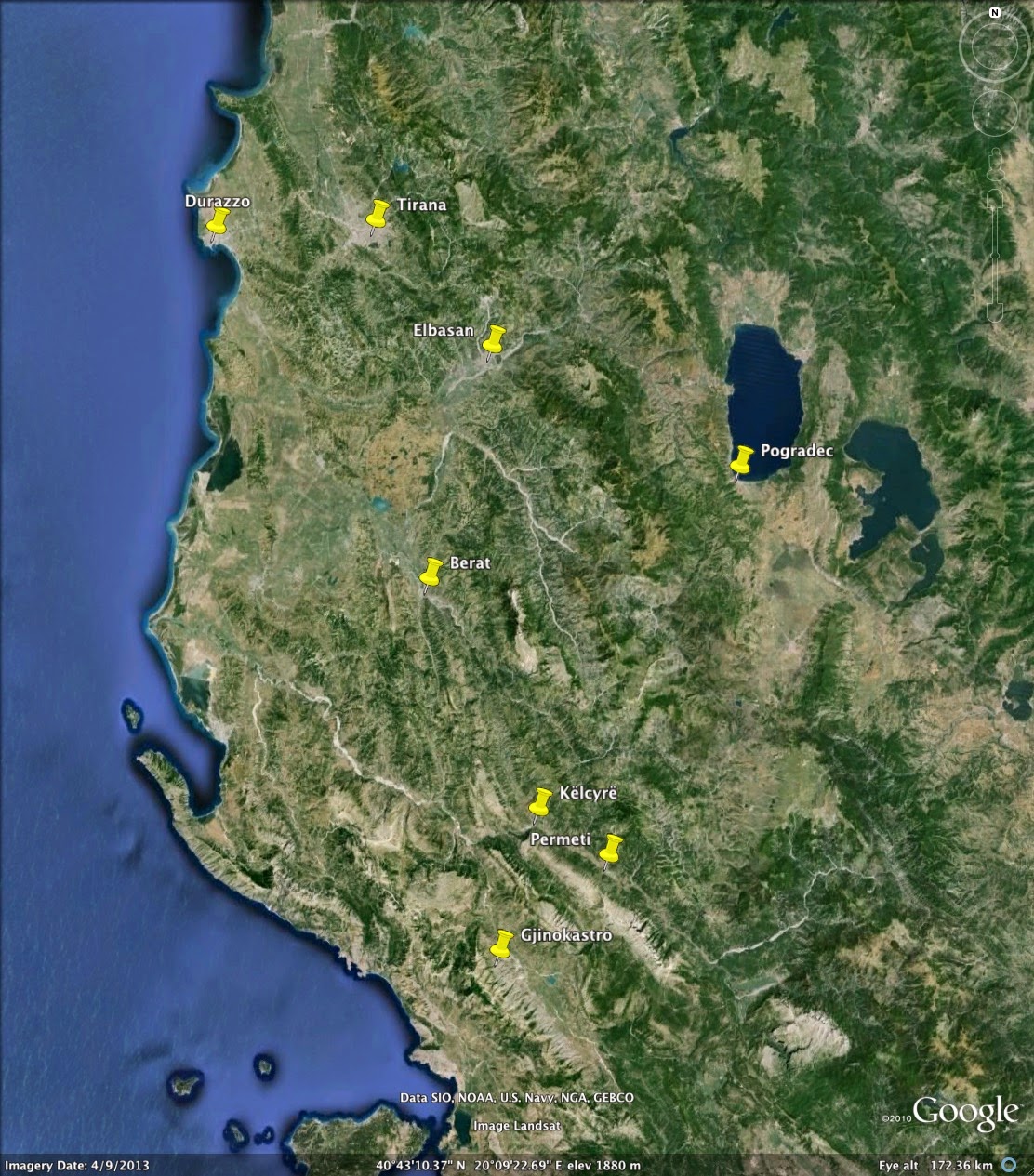Jan and Cora Gordon with "Ratapouf" in pre-WW1 Paris
In his account of the pre-WW1 international gatherings hosted by Paul Fort at the Closerie des Lilas (Salis, John, 1916, The New Witness, pg 277), Jan Gordon notes the presence of "Ratapouf, the Dutchman, sometime labourer on the Eiffel Tower, guide to the Louvre, man of erudition, and author of three thin books of verse which had taken seven years to produce."
Who was this Ratapouf? The mention of "guide to the Louvre" strongly suggests Fritz R. Vanderpyl (1876-1965) who published "Six promenades au Louvre. De Giotto à Puvis de Chavannes" in 1913.
The thin books of verse would include "les Saisons Douloureuse" (1907) and "Les Saisons d'un Poète" (1911). He later wrote on "Art and Eiffel Towers" (1920) in "POETRY: A Magazine of Verse", pages 98-101. He quotes Apollinaire, "Let us hurry to love the little train, with its blinking engine, running through the valley. If tomorrow it shall be ancient, everybody will be able to admire it."
Gordon later remembers one Christmas night out at which "Ratapouf, globular, somewhat like a Billiken came to life, sang his only song, about a reprobate who followed a fair form one dusky evening for seven miles to find that he had been tracking a priest." (The New Witness, December 28, 1916, pg 278).
More accounts of Fritz Vanderpyl, by Ashley Smith and Myron Nutting can be found here.
"Ratapouf" thus deciphered, Fritz Vanderpyl takes his place in the pre-WW1 Tuesday night international gatherings at the Closerie des Lilas along with André Salmon, Rainer Maria Rilke, Elin and David Wallin, Umberto Boccioni and Filippo Marinetti, Marie Laurencin, Jean Cocteau and Francis Carco, amongst others.
Who was this Ratapouf? The mention of "guide to the Louvre" strongly suggests Fritz R. Vanderpyl (1876-1965) who published "Six promenades au Louvre. De Giotto à Puvis de Chavannes" in 1913.
The thin books of verse would include "les Saisons Douloureuse" (1907) and "Les Saisons d'un Poète" (1911). He later wrote on "Art and Eiffel Towers" (1920) in "POETRY: A Magazine of Verse", pages 98-101. He quotes Apollinaire, "Let us hurry to love the little train, with its blinking engine, running through the valley. If tomorrow it shall be ancient, everybody will be able to admire it."
Gordon later remembers one Christmas night out at which "Ratapouf, globular, somewhat like a Billiken came to life, sang his only song, about a reprobate who followed a fair form one dusky evening for seven miles to find that he had been tracking a priest." (The New Witness, December 28, 1916, pg 278).
More accounts of Fritz Vanderpyl, by Ashley Smith and Myron Nutting can be found here.
"Ratapouf" thus deciphered, Fritz Vanderpyl takes his place in the pre-WW1 Tuesday night international gatherings at the Closerie des Lilas along with André Salmon, Rainer Maria Rilke, Elin and David Wallin, Umberto Boccioni and Filippo Marinetti, Marie Laurencin, Jean Cocteau and Francis Carco, amongst others.



Comments
Post a Comment